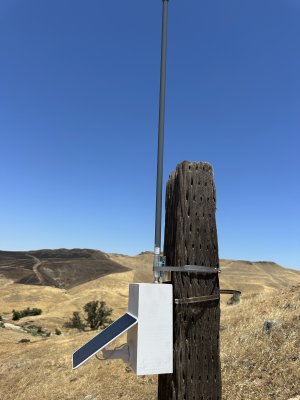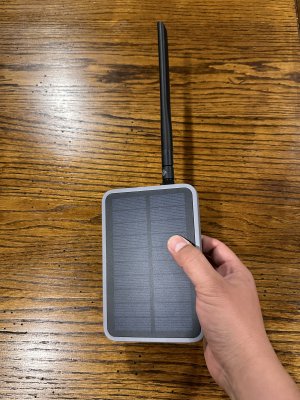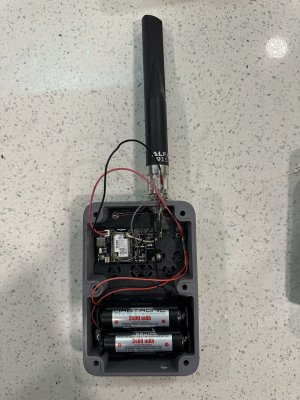Routers
Meshtastic Routers
Meshtastic routers play a crucial role in expanding and strengthening mesh networks built using Meshtastic devices. This page covers what routers are, their importance, optimal placement, power solutions like batteries and solar panels, and the use of high dB antennas to enhance network performance.




What Are Meshtastic Routers?
In the context of Meshtastic networks, routers are stationary nodes designed to relay messages between devices. Unlike handheld nodes, routers are typically installed in fixed locations and run continuously to maintain network connectivity. The only difference between a router and a client is that in the Meshtastic settings your device is designated as a router. Ultimately this gives your device priority on the network to relay messages as it is assumed that routers have better placement, better antennas, high elevation, and reliable power. It should be noted that too many routers can break the network or make it less efficient because they are a preferred method for messages to reach the local mesh network. Too many routers in less than ideal spots can lead to spotty coverage. Please consider other nodes before placing your own!
Why They Matter
- Network Extension: Routers extend the range of the mesh network by relaying messages over greater distances.
- Reliability: They enhance network reliability by providing multiple pathways for messages to reach their destination.
- Coverage: Strategically placed routers can cover areas with poor connectivity, ensuring consistent communication across the network.
Optimal Placement of Routers
Proper placement of routers is essential for maximizing network efficiency and coverage.
Ideal Locations
- High Elevation Points: Placing routers on rooftops, towers, or hills reduces obstructions and extends signal range.
- Central Locations: Installing routers in central areas helps distribute the signal evenly.
- Line of Sight: Ensure there are minimal physical obstructions like buildings or dense foliage between routers.
Factors to Consider
- Environmental Conditions: Routers should be housed in weather-resistant enclosures if placed outdoors. Please be very aware of fire danger in your area.
- Accessibility: Consider ease of maintenance and security when selecting a location. Make sure you get land owner approval before placing a node!
- Power Availability: Locations should accommodate power solutions like solar panels or have access to consistent sunlight.
Power Solutions: Batteries
Reliable power is vital for continuous router operation. Orbtronic batteries with protection circuits are commonly used due to their safety and efficiency.
Orbtronic Batteries
- Protection Circuits: These circuits prevent overcharging, over-discharging, and short circuits, enhancing safety.
- High Capacity: Offers extended run times, reducing the need for frequent maintenance.
- Rechargeable: Suitable for use with solar charging setups.


Battery Requirements
- Voltage Compatibility: Ensure the battery voltage matches the router's specifications.
- Capacity Needs: Calculate the required mAh based on the router's power consumption and desired uptime. As rough calculation one 18650 3000mAh battery will run your Rak board for 1 week without any recharging.
Plug and Play Routers (Pretty close anyways)
High dB Antennas
Upgrading to high dB antennas significantly enhances signal strength and network coverage.
Benefits to the Network
- Increased Range: Higher gain antennas transmit and receive signals over longer distances.
- Improved Signal Quality: Reduces interference and enhances the reliability of message transmission.
- Better Penetration: Signals can better navigate through obstacles like walls and foliage.
Types of Antennas Used
- Omnidirectional Antennas: Emit signals in all directions, suitable for central routers.
- Directional Antennas: Focus signals in a specific direction, ideal for connecting distant nodes.
Considerations
- Antenna Compatibility: Ensure the antenna's frequency range matches the router's operating frequency.
- Mounting Hardware: Secure mounting is essential to maintain antenna orientation and performance.
By carefully selecting and configuring routers with appropriate power solutions and antennas, you can significantly enhance the performance and reliability of your Meshtastic mesh network. For detailed setup guides and community support, visit the Meshtastic Documentation and join the Meshtastic forums.